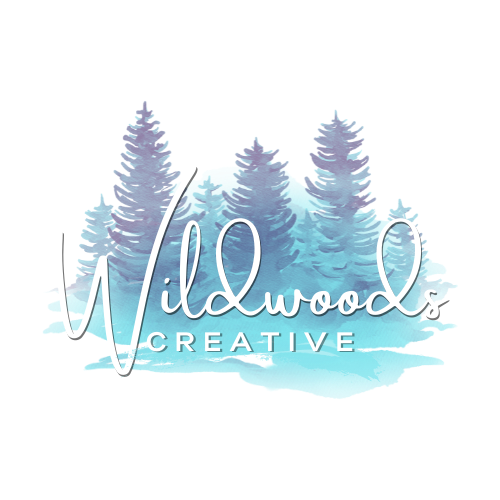5 Essential Elements of Successful Visual Storytelling For Therapists
Visual storytelling is the art of utilizing visuals to communicate stories, emotions, and information effectively. It can be expressed through social media, graphic novels, videos, visual notes, animations and numerous other forms. This way of conveying messages has a powerful and lasting effect on the audience and allows them to build a deep connection with the storyteller. Visual storytelling is present in all aspects of our lives and serves as an indispensable tool for making those stories truly come to life.
Visual storytelling is powerful because it is so easy for us to understand and absorb the information. Our brains are designed to understand and take meaning from stories, by using their structure, tone, narrative, characters, and references. This means there are many chances for storytelling to add engagement, meaning, and information, and our brains can process it all and put it together as complex, memorable ideas.
Visual storytelling has numerous advantages, and the primary one is the capacity to captivate our attention. Plenty of stats back up the idea that we have become increasingly difficult to maintain focus, yet finding reliable sources to support these numbers can be tricky. Nevertheless, we can all concur that there is abundant rivalry for our attention at this time and thus is how visual storytelling's capacity to attract and amuse gives it an edge over various other competing interests.
So what are some tips for better Visual Storytelling…?
1.Start with a compelling story: A great story is essential for an engaging visual story. Visual storytelling should have a clear beginning, middle and end. Focus on telling one story at a time and make sure it has an arc or conflict that needs to be resolved. For marketing purposes this may not look like traditional storytelling, but even for a quick video, the elements of a story can still be present.
2. Keep it short and sweet: As attention spans continue to shrink, keep your visual storytelling as brief as possible. Focus on the key point, provide succinct information and use fewer words. You may want to focus on the “hook” which gets to an interesting quickly and then allows the viewer to keep watching.
3. (For Videos) Leverage sound and music to create a mood and atmosphere: Adding sound and music to your visuals can help create a mood and atmosphere for viewers. Sound effects like waves at the beach for example can evoke emotion in the viewer
4. Practice: Like any skill, practice makes perfect. Take some time to experiment with different visuals and placement so you can tell powerful stories through visuals.
5. Create an emotional reaction: Use visuals to evoke an emotional reaction and make an impact on your viewers. Even for marketing work, there is still an importance to create an emotional reaction. This can be done in the call to action stage, where you evoke emotion for the viewer to buy quickly before it’s too late.
While these 5 things above are all important, more expansive lists can be made. It’s important to remember that it’s important to work on mastering one thing at a time and not let this overwhelm you. A great example of what visual storytelling can look like is this video that I made for Lake Area Counseling (Click Here).

